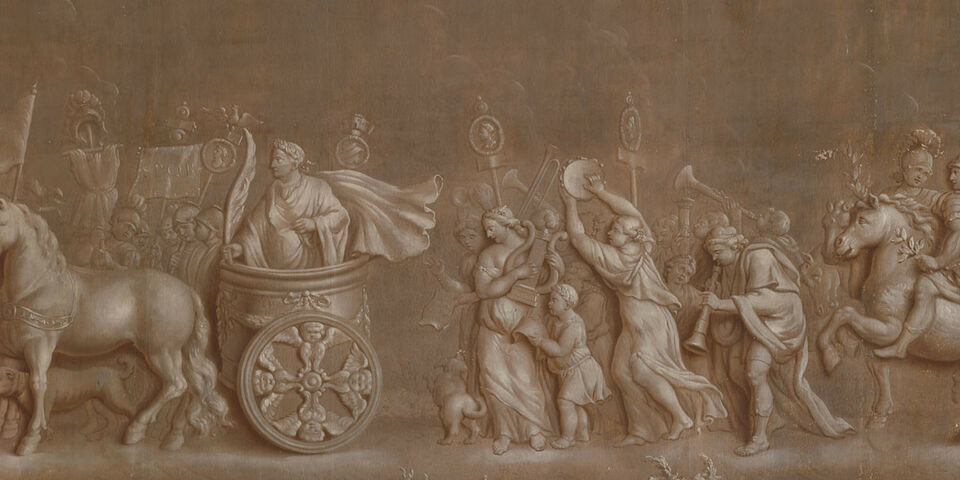Climate change puts art treasures in churches and castles at risk
The IPCC climate scenarios contain globally powerful changes in temperature and humidity that could cause damage to precious art treasures, many of which lie stored in churches, castles and other historic buildings that do not have climate control systems. In her thesis, ‘Experimental and numerical analysis of climate change induced risks to historic buildings and collections’, TU/e PhD candidate Zara Huijbregts shows that the historical works of art in these buildings could be damaged by climate change.
In her study Huijbregts analyzed the impact of climate change on the indoor climate of buildings and on the local climate within individual rooms in buildings, and even on the art works themselves. For this final part she collaborated with the Rijksmuseum in Amsterdam and the Cultural Heritage Agency to have laboratory tests performed to determine the incidence of biological, mechanical or chemical damage.
A local elaboration of the IPCC models has revealed that the most significant climate changes in Western Europe will be exhibited in an increase in humidity. In order to ascertain the effects of this on the indoor climate of historical buildings, Huijbregts investigated the 17th century Amerongen Castle and a 13th century castle in Belgium. Her analyses have revealed that climate change in the long term can lead fungal growth of three times faster than normal due to an increase in both temperature and humidity. Another major risk, according to Huijbregts, lies in flooding caused by the more frequent occurrence of extreme precipitation and overflowing rivers. However, it is not the direct water damage that is the main villain, but the extra high level of humidity in buildings that occurs when the floors become saturated.
To analyze the effects at the art work level, Huijbregts examined an antique wooden cabinet in the 17th century Amerongen Castle and wall paintings in the 18th century Hofkeshuis in Almelo. The damage to the cabinet could not be attributed to climate changes from the past but from the object having been moved previously and flooding of the moat. As for the wall paintings, there appeared to be a positive relationship between the saponification (merging) of the paint layers and the surface temperature level. This suggests that any future rises in temperature due to climate change could cause greater damage to the wall paintings.
The best remedy for preventing climate damage to art works in old buildings, Huijbregts believes, is the use of good climate control systems. In the ‘Physics of Monuments’ group at the Built Environment department two new PhD projects have recently begun to develop these climate control systems for art maintenance within historic buildings.
Zara Huijbregts defends her thesis on 12 April next at Eindhoven University of Technology.
Source: press team TU/e


Discussion